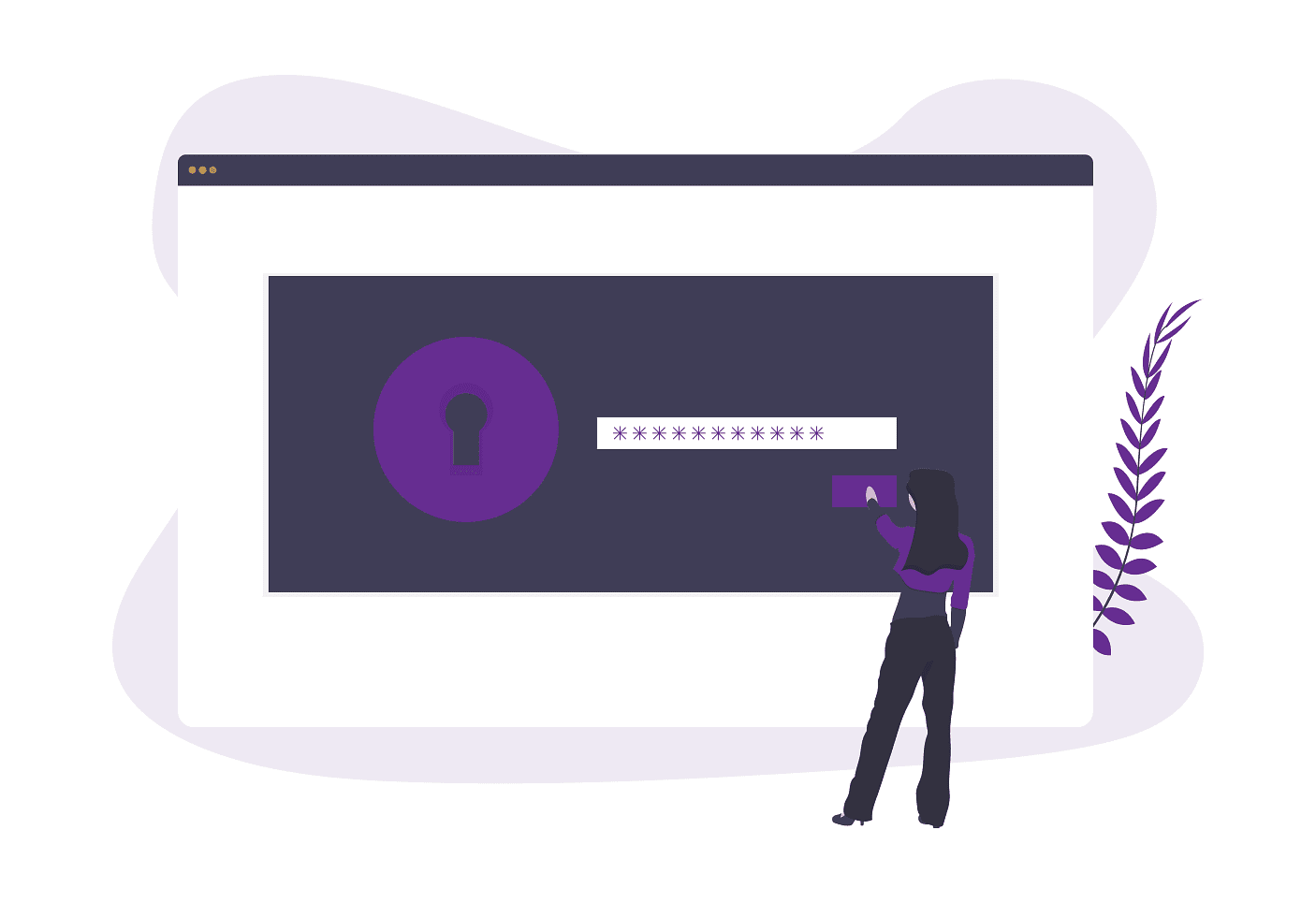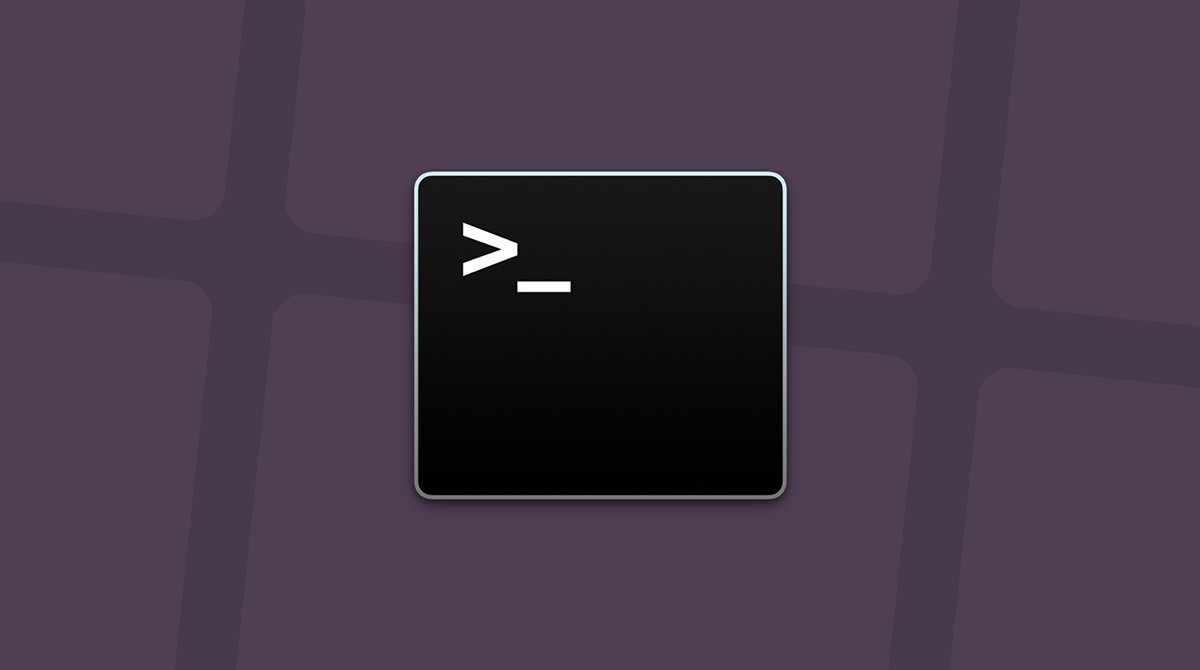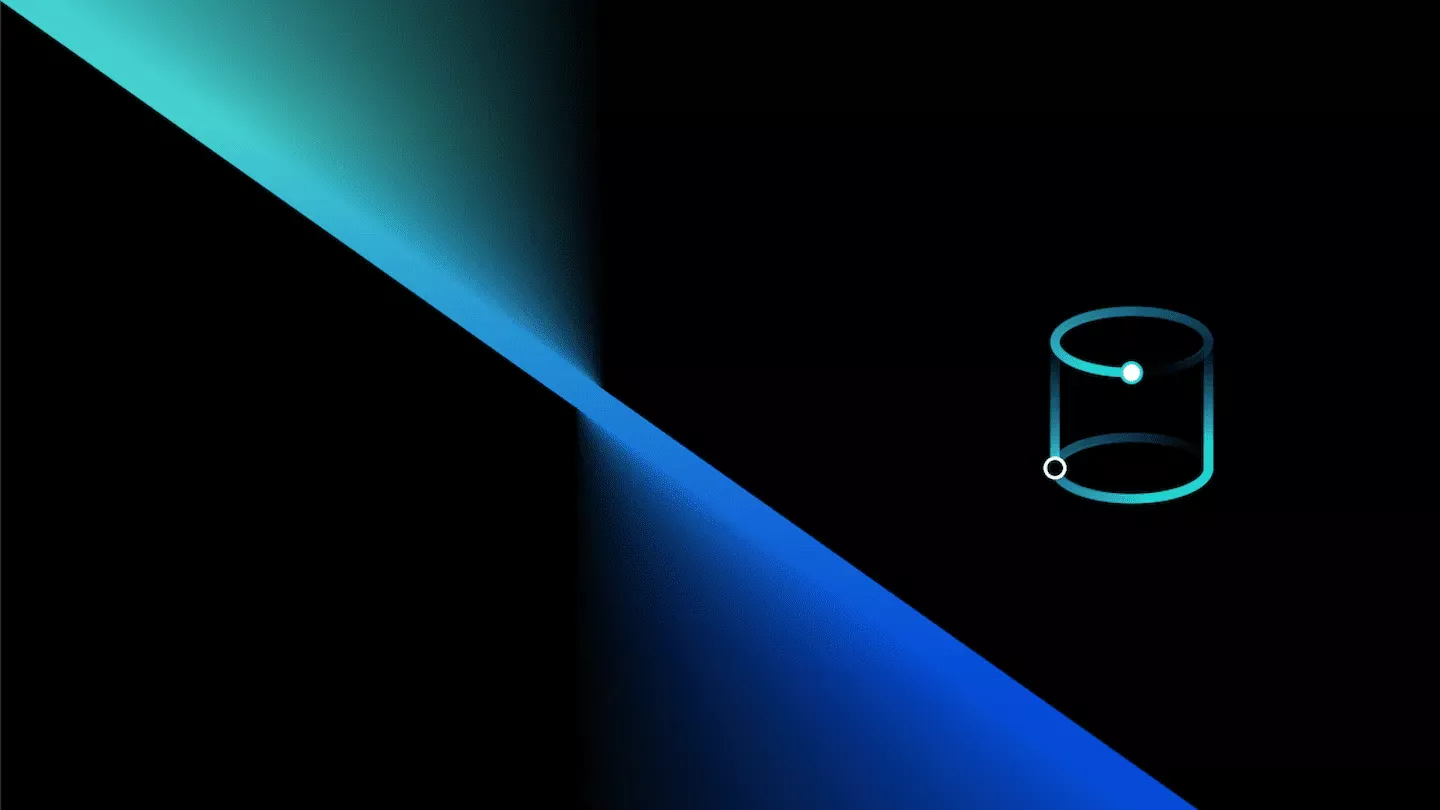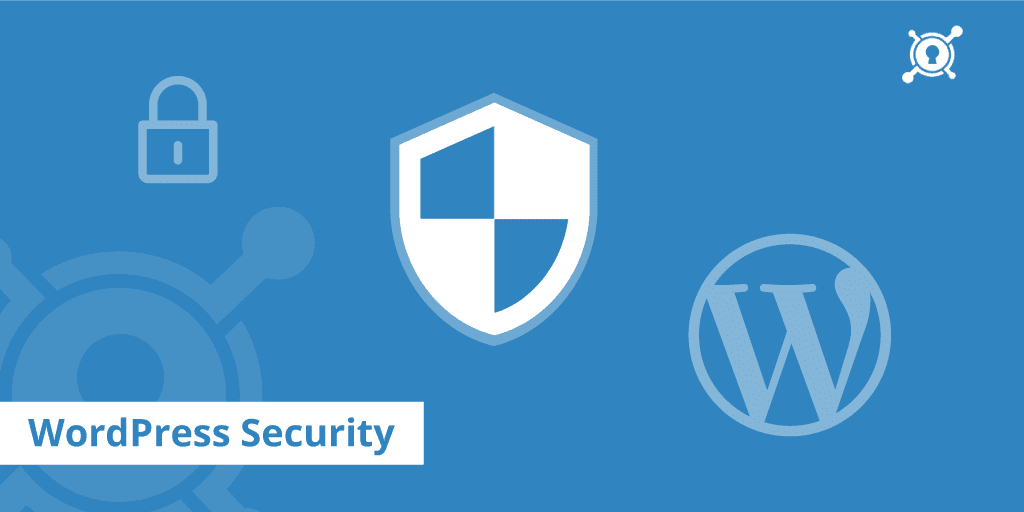A database is a room for documents where all the files and important documents can be stored for the project. Every business needs a database to store and organize their information. We can store very sensitive data, so we always have to be careful while accessing or modifying information within the database. We have made a list of the top 7 Databases everyone should learn in 2024.
For building different various sorts of applications like Web, Enterprise, Embedded Systems, Real-Time Systems, AI, ML, HPC, Blockchain, IoT, etc you’ll need to choose quite one database. Over the years programmers and industry specialists have shown their love for databases that are fulfilling their requirements.
Selection of the database is truly based on the purpose of the project. Around 20-25 years ago choosing a database for an application wasn’t a challenging task. Most of the time developers preferred relational databases to configure their application. But in the fast pace environment, it’s a challenging task due to the advancement in applications.
Modern applications development (applications built on the Microservices, Cloud, Distributed applications, Global Scaling, Semi-Structured Data, Big data, Fast data, Low Latency Data) requires traditional databases joined with various NoSQL, NewSQL, and Cloud databases.
In this blog, let’s discuss our top 7 databases which you should learn in 2024.
ORACLE
Yes, Oracle may be a king within the race for many popular databases. Why? It’s really famous among all the developers, easy to use, well-written documents, amazing feature updates (JSON from SQL, Robust Code using Constants for Data Type lengths feature, long name support, list tag improved etc.)
MYSQL
Enterprises can commence out utilize the free community server and later they can upgrade to the commercial version. MySQL runs on Linux, Windows, OSX and FreeBSD and Solaris. MySQL s highly customisable.
The open-source GPL license allows programmers to switch the MySQL software to suit their own specific environments. MySQL uses a standard from of the well-known SQL data language.
POSTGRESQL
PostgreSQL is a particularly a scalable object-relational database. It runs on Linux, Windows, OSX and a number of other other systems. PostgreSQL was developed supported POSTGRES 4.2 at Berkeley computing Department, University of California. The original name of PostgreSQL is Postgres.
MONGODB
The most popular NoSQL DB; nevertheless, retains some SQL properties like query and index. Fortifies a wide range of programming like Scala, Groovy, Clojure, and Java – eminently more than NoSQL rival Cassandra. MongoDB is best for dynamic queries and for defining indexes.
DB2
IBM’s answer to Oracle’s 11g, available in host and Windows/Linux versions. The DB2 is deal for IBM host environments. For IBM’s DB2, the UDB Version 10.5 with the features of BLU Acceleration and it’s code name as ‘Kepler’.
REDIS
Redis stands for Remote Dictionary Server. It is Open-Source networked, in recollection, and stores keys with optimal durability. When the sturdiness of knowledge isn’t needed, the in-recollection nature of Redis sanctions it to perform astronomically well compared to databases systems that indite every transmutation to disk fore considering a transaction committed.
Microsoft SQL Server
The most widely used commercial DBMS. It is constrained to Windows, but this is an advantage if your enterprise uses mostly Microsoft products. Redis is platform dependent. Microsoft SQL Server is both GUI and Command based software.
Conclusion
If you are a programmer of database manager. You should learn all those databases in 2024. If you’ve got any questions allow us to know within the comments.






